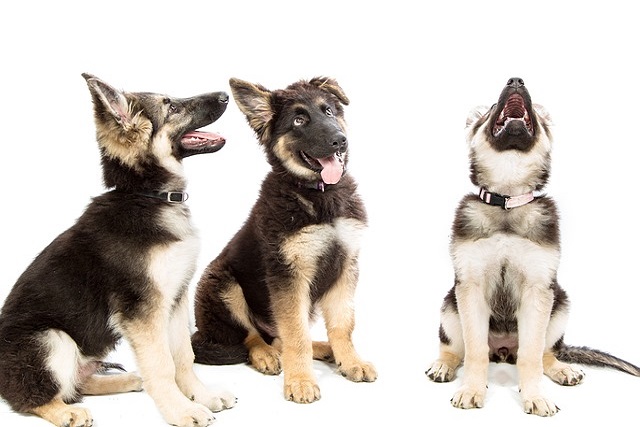
can used coffee grounds hurt dogs
Can used coffee grounds hurt dogs? It’s a question that pops up for new dog owners in the US, especially those who hate wasting household scraps.
Dogs are our most intimate companions in life, and their health is always on our mind. When we learn that E. coli appears in dog urine, we are often full of worries and eager to find out what is going on. E. coli, a bacterium that is widely present in nature, may cause a series of health problems once it appears in dog urine. Understanding how dogs are infected with E. coli in urine is crucial to taking timely measures to protect dog health.
E. coli is a common type of bacteria. There is a certain number of E. coli in the dog's intestines. They are usually in a relatively balanced symbiotic state with dogs, helping dogs to perform some physiological activities such as digestion. However, when certain factors break this balance, E. coli may become a "troublemaker" and cause disease. The dog's urinary system produces urine from the kidneys, transports it to the bladder for storage through the ureters, and finally excretes it from the body through the urethra. This system should be a relatively sterile environment, but due to its special physiological structure and some external factors, E. coli may take the opportunity to invade.
One of the important infection routes is closely related to the dog's hygiene. If the dog's living environment is unhygienic, such as the doghouse has not been cleaned for a long time, a lot of dirt and bacteria have accumulated. If the dog lives in such an environment, E. coli will easily infect the urinary system through the urethra. Especially female dogs, because of their shorter urethra, are more susceptible to E. coli invasion than male dogs. After urinating, urine is likely to remain around the urethral opening of female dogs. If the surrounding environment is not clean, E. coli may attach to the urethral opening and then enter the urethra, bladder, and even kidneys. Some owners may not pay much attention to the daily cleaning of dogs, especially after the dog goes out to play, they do not clean their abdomen and perineum in time, which also increases the risk of E. coli infection of the urinary system.
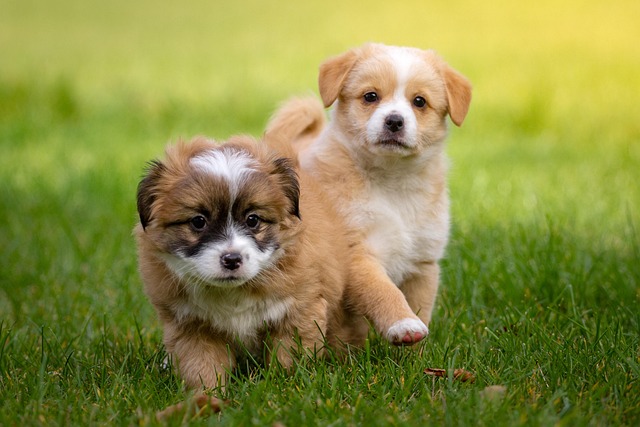 Dietary factors should not be ignored. When dogs eat food or water contaminated with E. coli, the number of E. coli in the intestines may increase abnormally. These excessive E. coli may enter the urinary system through blood or lymphatic circulation. For example, in some places where water sources are polluted, dogs are prone to E. coli infection after drinking such water. In addition, spoiled food may also contain a large amount of E. coli. After eating, dogs may not only cause intestinal problems, but also affect the urinary system.
Dietary factors should not be ignored. When dogs eat food or water contaminated with E. coli, the number of E. coli in the intestines may increase abnormally. These excessive E. coli may enter the urinary system through blood or lymphatic circulation. For example, in some places where water sources are polluted, dogs are prone to E. coli infection after drinking such water. In addition, spoiled food may also contain a large amount of E. coli. After eating, dogs may not only cause intestinal problems, but also affect the urinary system.
The dog's own immunity is also a key factor affecting E. coli infection. If the dog's immunity decreases due to illness, malnutrition, stress, etc., the body's ability to resist bacteria will be weakened. E. coli, which originally lived in the intestines, may break through the body's defense mechanism, enter the urinary system and multiply in large numbers. For example, when a dog has just experienced stressful events such as long-distance transportation and changing living environment, the body is in a state of tension, and the immunity will be reduced. At this time, the chance of E. coli infection of the urinary system will increase.
When E. coli appears in the dog's urine, it may cause urinary system inflammations such as cystitis and urethritis. The dog will show symptoms such as frequent urination, urgency, and pain when urinating, and urinate frequently, but the amount of urine each time may not be much, and it may also make painful cries when urinating. The color and smell of urine may also change. The color may become darker, or even blood may appear in the urine, and the smell may become more pungent. Seeing the dog suffering from urinary tract infection, our hearts are filled with heartache and anxiety.
Once you suspect that E. coli is present in the dog's urine, be sure to take the dog to a professional pet hospital in time. The veterinarian will use professional means such as urine testing to determine whether there is an E. coli infection and the severity of the infection. If confirmed, antibiotics are usually used to treat and kill E. coli. At the same time, the owner must strictly follow the veterinarian's instructions and give the dog medication on time to ensure that the dog recovers completely. During the dog's treatment, give it more love and care, provide clean drinking water and nutritionally balanced food, help the dog enhance immunity and resist disease. Every dog is an indispensable member of the family, and their health and happiness are our greatest wish. By paying attention to the details of the dog's life, keeping the environment clean, and providing a healthy diet, we can reduce the risk of dogs being infected with E. coli, so that the dog can accompany us healthily and happily through every beautiful day.

Can used coffee grounds hurt dogs? It’s a question that pops up for new dog owners in the US, especially those who hate wasting household scraps.
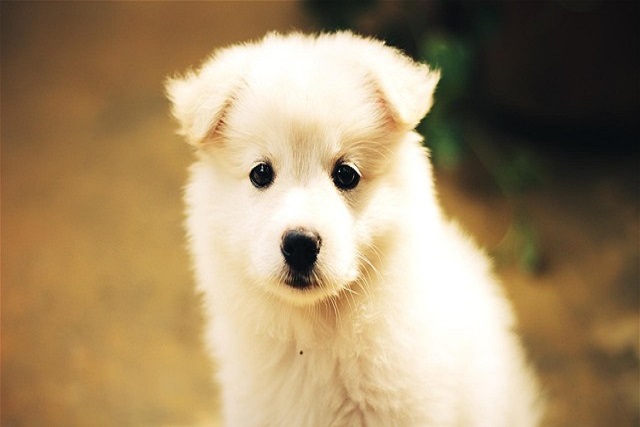
Is it normal for dogs to throw up from anxiety? If you’ve ever come home to a mess after a stressful car ride or a thunderstorm, you’re probably wondering the same thing.
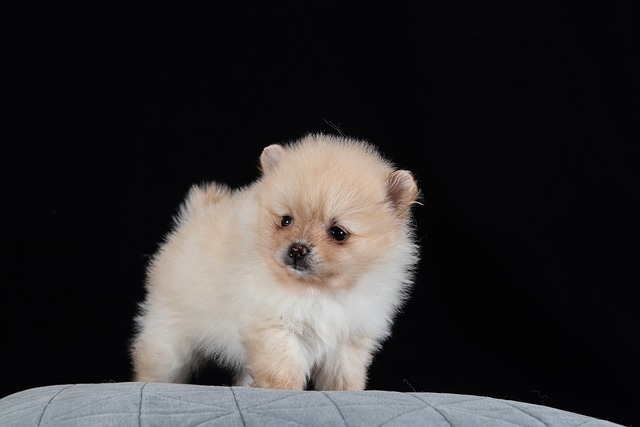
Watching your dog struggle with pain—whether from a sprained paw, arthritis, or an upset stomach—hurts almost as much as feeling it yourself. You want to help them feel better fast, but reaching for your own pain meds is a big no.
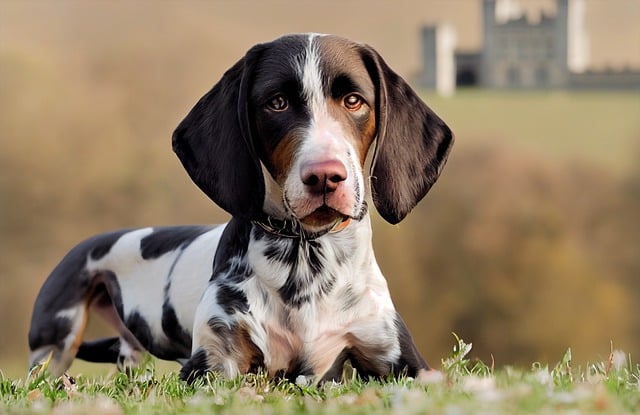
Sharing your home with a dog means lots of cuddles, wet kisses, and playful tugs—but it also means being aware of how you and your pup can stay healthy together.
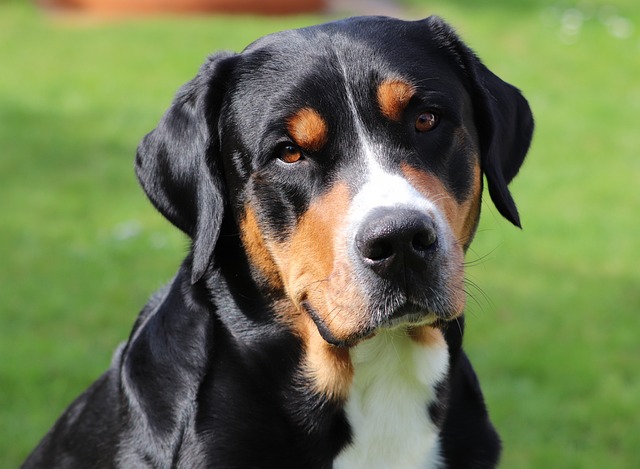
Heartworm isn't something to brush off—it's a serious condition that can sneak up on even the most attentive pet owners.These tiny parasites,spread by mosquitoes,settle in a dog's heart and blood vessels,and by the time obvious issues pop up
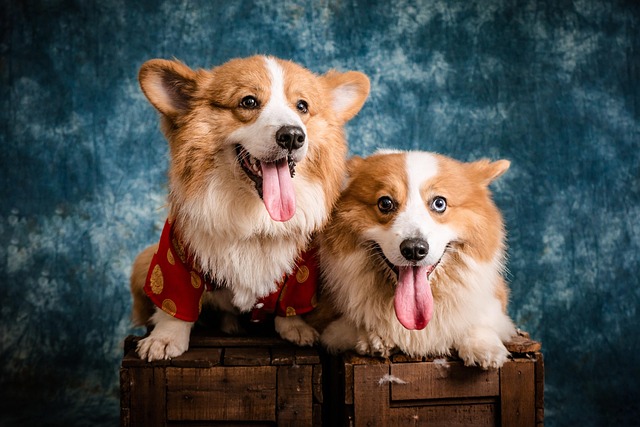
Corgis, with their stubby legs and playful personalities, have stolen hearts worldwide, but their unique build raises questions about long-term joint health.